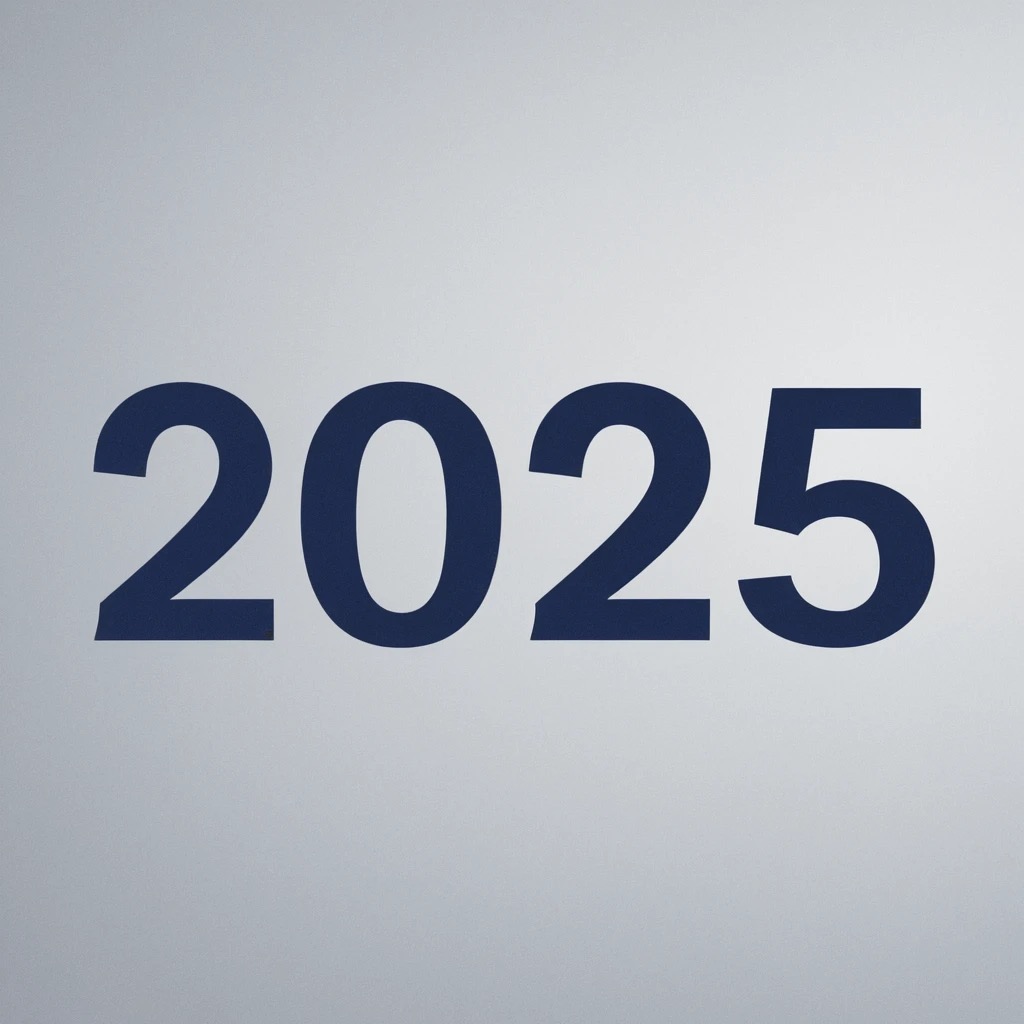Adres
Polska, Warszawa

Introduction
The world of technology is experiencing unprecedented transformation, led by advancements in artificial intelligence, robotics, and quantum computing. These innovations are reshaping industries, redefining creativity, and raising profound ethical questions. In this article, we delve into the most groundbreaking developments from a recent video by Adrian Killar, exploring the latest trends and future directions in these domains.
1. Robotics Revolution: Transforming Work and Home
Mass Production of Humanoid Robots
Shanghai-based AGI Bot is spearheading efforts to mass-produce humanoid robots by 2025. These robots are designed for versatile applications, ranging from domestic chores to factory work. A standout feature is their ability to assist in their own production, streamlining efficiency and scalability.
Polish Robotics Excellence
In Poland, Wrocław’s Clon Robotics introduced TORS 2, a humanoid robot with movements so lifelike that it evokes the “uncanny valley” effect. While these realistic gestures mark technological progress, they also raise questions about user comfort and trust in human-like machines.
2. Quantum Computing Milestone: Google’s Willow Processor
Revolutionizing Computation
Google’s Willow Quantum Processor, equipped with 105 qubits, represents a leap forward in quantum technology. It has shattered records by performing calculations in under five minutes—tasks that would take classical supercomputers billions of years. This breakthrough addresses key challenges like error reduction during scaling, paving the way for applications in fields like cryptography, climate modeling, and materials science.
3. Creative AI: New Frontiers in Expression
AI-Generated Worlds and Music
• Dynamic Gaming Worlds:
AI tools now create playable, dynamic worlds in real time, offering gamers unprecedented freedom to explore. This marks a shift from pre-programmed environments to interactive spaces generated on the fly.
• Fugato and Flash:
AI-powered platforms like Fugato generate music and sound effects, while Flash delivers ultra-fast text-to-speech conversion in just 7.5 milliseconds.
Art and Visual Creativity
• Google Gemini 2.0 enhances user creativity by enabling real-time image recognition and spatial analysis. It can even simulate virtual clothing try-ons, bringing new dimensions to e-commerce and fashion design.
• Tools like Runway and Native Image Output allow users to edit images seamlessly. For instance, a car in a photo can be transformed into a convertible, showcasing AI’s adaptability.
4. AI Ethics and Concerns
Hinton’s Reflection on Risks
Jeffrey Hinton, a pioneer in AI research, warns about the rapid development of artificial intelligence. He predicts that Artificial General Intelligence (AGI)—AI with human-level cognition—could emerge within 5 to 20 years, posing ethical and existential challenges. Key concerns include:
• Military Applications: The use of AI in warfare raises fears of autonomous weaponry.
• Economic Disruption: As AI systems become more capable, job displacement could widen social inequalities.
Call for Regulation
Hinton stresses the need for international frameworks to govern AI development, balancing innovation with safety. This includes transparency in AI applications and accountability for misuse.
5. AI in Professional Domains
Healthcare Transformation
• Radiology Breakthroughs:
Google Gemini 2.0’s ability to analyze X-rays and other medical images rivals that of expert radiologists. This advancement promises faster, more accurate diagnostics in healthcare.
Enhancing Workflows
AI is now being integrated into professional tools:
• NVIDIA GPUs power creative software like Adobe Premiere Pro and Da Vinci Resolve, boosting efficiency with real-time rendering and processing.
• Platforms like Omniverse enable collaborative design, allowing creators to share resources and work in sync, resulting in more realistic simulations and faster outputs.
6. Consumer-Focused AI Tools
Instagram’s AI Video Editor
Instagram is set to launch a video editing tool powered by AI, allowing users to alter clothing, backgrounds, and even entire scenes in videos. This democratization of advanced editing technology could redefine content creation.
AI Accessibility Initiatives
OpenAI has introduced a chatbot helpline for users without internet access, showcasing its commitment to inclusivity. Meanwhile, Amazon’s collaboration with Anthropic is enhancing voice assistants like Alexa, making them smarter and more responsive.
7. Gaming, Music, and AI-Driven Entertainment
AI-Generated Games
DeepMind’s game-creating model generates immersive, explorable worlds dynamically. This innovation eliminates the need for pre-designed levels, giving players a unique experience with every interaction.
Music Creation and Transformation
Platforms like Fugato allow musicians to generate or remix songs using simple text prompts. This accessibility enables artists to experiment with different styles effortlessly.
8. Emerging AI Technologies
Google Mariner Project
This agent automates web navigation tasks, from clicking links to saving content. It promises to enhance productivity by handling repetitive online tasks autonomously.
Real-Time AI Enhancements
ChatGPT now supports real-time image recognition and voice-based interactions. While some features are region-locked, these advancements highlight the growing interactivity of AI tools.
9. Future Trends and Speculations
AI in Film and Media
Advanced tools like Odyseja are creating hyper-realistic film scenes that can be integrated into game engines. This bridges the gap between gaming and cinema, opening new possibilities for storytelling.
Generative AI in 3D Design
World Labs’ tools convert single images into 3D environments, enabling users to explore virtual spaces generated from minimal input.
Holiday-Themed AI Features
Seasonal AI applications are gaining popularity, from virtual Santa interactions in ChatGPT to festive designs generated by AI-powered platforms.
10. Ethical AI Development
Transparency in AI Training
YouTube now offers creators the ability to opt out of having their content used to train AI models. This move reflects growing awareness of data privacy and ownership in the AI era.
Responsible Deployment
As AI becomes increasingly integrated into daily life, it is imperative to ensure transparency, prevent bias, and align technological progress with societal values.
Conclusion
The rapid advancements in AI, robotics, and quantum computing underscore a pivotal moment in human history. These technologies promise to revolutionize industries, enhance creativity, and improve lives. However, they also raise significant ethical and societal questions that require careful consideration.
As we navigate this transformative era, collaboration between governments, researchers, and the private sector will be crucial. By fostering innovation while addressing potential risks, we can harness the power of AI to create a future that benefits everyone.